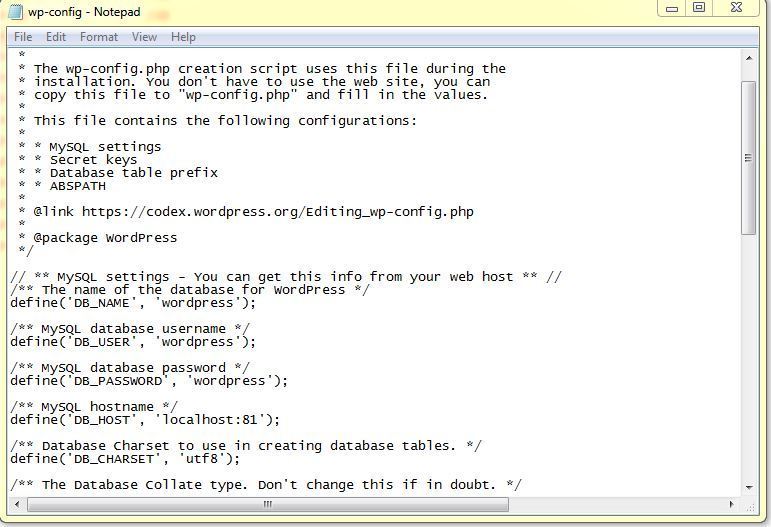
- #Mysql port 3306 in use mac os x#
- #Mysql port 3306 in use install#
- #Mysql port 3306 in use software#
- #Mysql port 3306 in use series#
Then, use the following basic command to run a MySQL container: $ docker run -name=test-mysql mysql
#Mysql port 3306 in use install#
In the Linux box: $ sudo apt-get install docker.io #Ubuntu/Debian The following screenshot shows some examples:įirst, you have to install Docker. There are many MySQL container images available in the Docker Hub registry. If you can’t find the image that fits you, you can build your own. It can be a public registry like Docker Hub or a private registry, where you host the containers’ image on-premises, within your own network. Next, find a container image that you want from the Docker registry. Here, we are going to use Ubuntu 14.04 as our machine host and use standard command line for deployment and management. You can also use docker-machine to provision hosts on a supported cloud provider like DigitalOcean and AWS EC2 Container Service, but we will cover that in another blog post. Please refer to Docker’s installation guide for details.
#Mysql port 3306 in use mac os x#
It can be any type of hosts (physical or virtual) running on Linux, Mac OS X or Windows. We are going to use the official MySQL image created and maintained by Docker. We’ll look at the errors and see why they happen. We’ll take a ‘break/fix’ approach, so expect to see some errors pop up here and there. Let’s familiarize ourselves with a MySQL container running on Docker. With Docker, the flow would be you (or someone) build a MySQL image using a specific version and vendor, package the image and distribute to anybody who wants to quickly fire a MySQL instance. It expects the package, or image to be run as a single process per container. Docker works great in packaging your application/software into one single unit, which you can then deploy anywhere as long as Docker engine is installed. Most of the operation should be performed under this single channel. In a container, think of MySQL as one single unit that only serve MySQL related stuff on port 3306. You would expect to have several ports accessible for connection, for example port TCP 22 for SSH, TCP 3306 for MySQL or UDP 514 for syslog. Most of the management tasks, for example, configuration tuning, backup, restore, database upgrade, performance tweaking, troubleshooting and so on have to be executed on the database host itself. The traditional way to run a MySQL database is to install the MySQL packages on a host (bare-metal, virtual machine, cloud instance), and applications would just have to connect to the listening port.

Running many containers allows each one to focus on a specific task multiple containers then work in concert to implement a distributed system. The key benefit of Docker is that it allows users to package an application with all of its dependencies into a standardized unit (container).
#Mysql port 3306 in use software#
An image will have exactly the same software installed, whether we run it on a laptop or on a server. Docker makes it easy to package Linux software in self-contained images, where all software dependencies are bundled and deployed in a repeatable manner. The same Linux kernel and libraries can be shared between multiple containers running on the host. Unlike virtual machines though, containers do not require an entire operating system, all required ibraries and the actual application binaries. Think about a container as a “lightweight virtual machine”.

We are going to use the term ‘Docker’ as the container platform throughout the blog series.

In our first blog post, we are going to cover some basics around running MySQL in a container. We will touch upon swarms, shared volumes, data-only-containers, security and configuration management, multi-host networking, service discovery and implications on monitoring when we move from host-centric to role-centric services with shorter life cycles.
#Mysql port 3306 in use series#
So, welcome to our new blog series – “MySQL on Docker”. running on virtual machines or bare-metal servers? How do we manage replicated or clustered setups, where multiple containers need to be created, upgraded and made highly available? How do we best configure MySQL in a container environment? What can go wrong? Should we even run our databases in a container environment? How does performance compare with e.g. But for a stateful service like a database, this might be bit of a headache. Docker is quickly becoming mainstream, as a method to package and deploy self-sufficient applications in primarily stateless Linux containers.


 0 kommentar(er)
0 kommentar(er)
